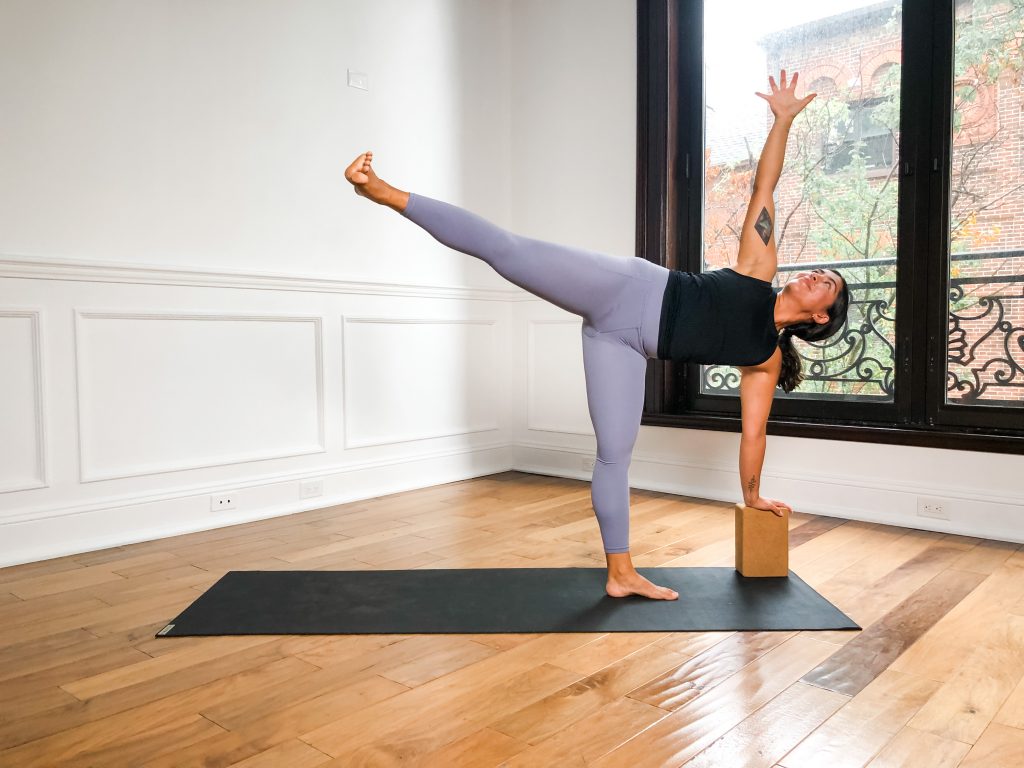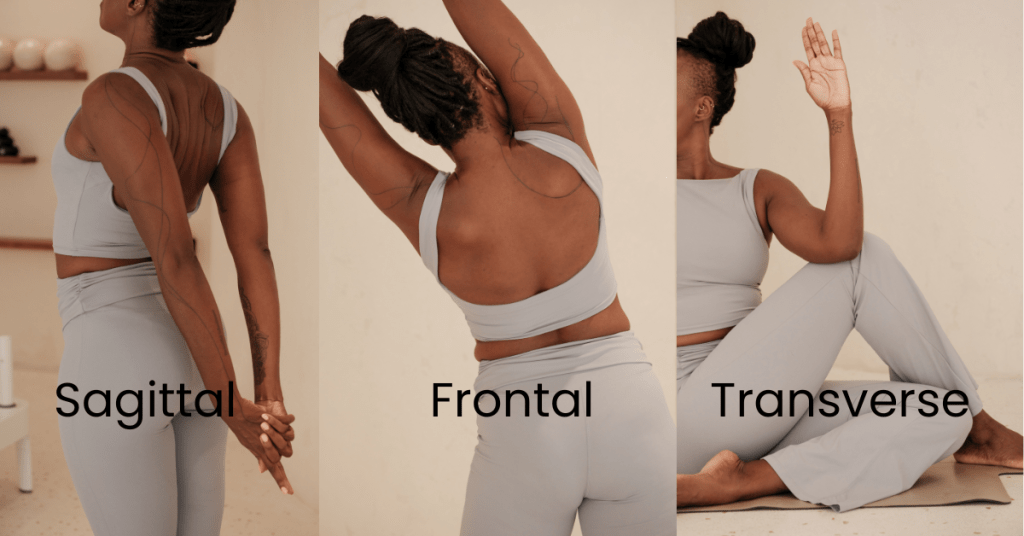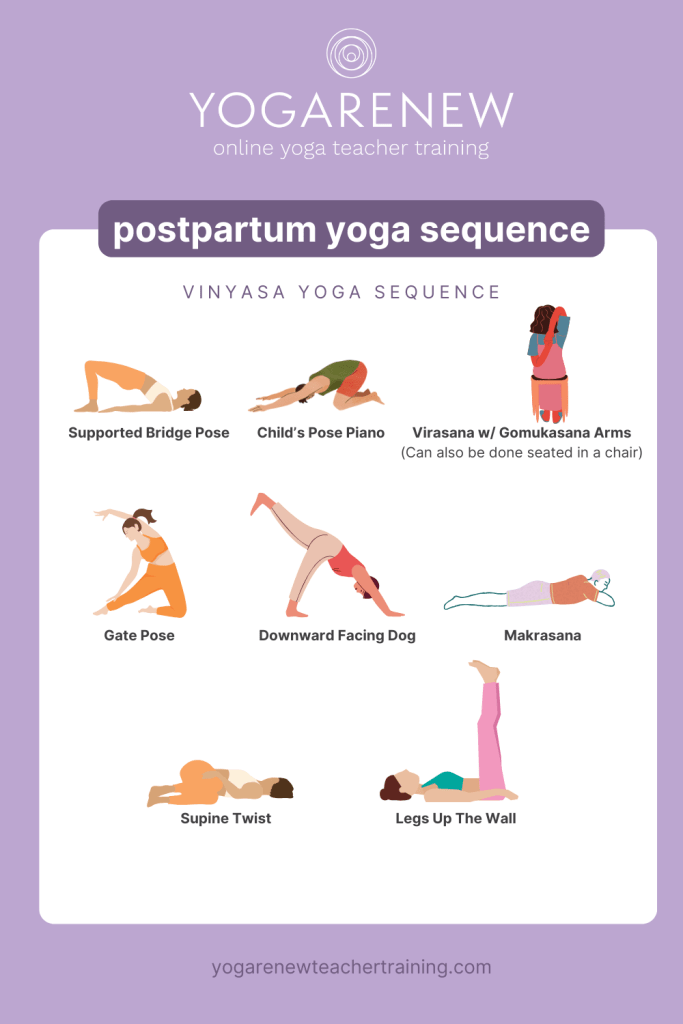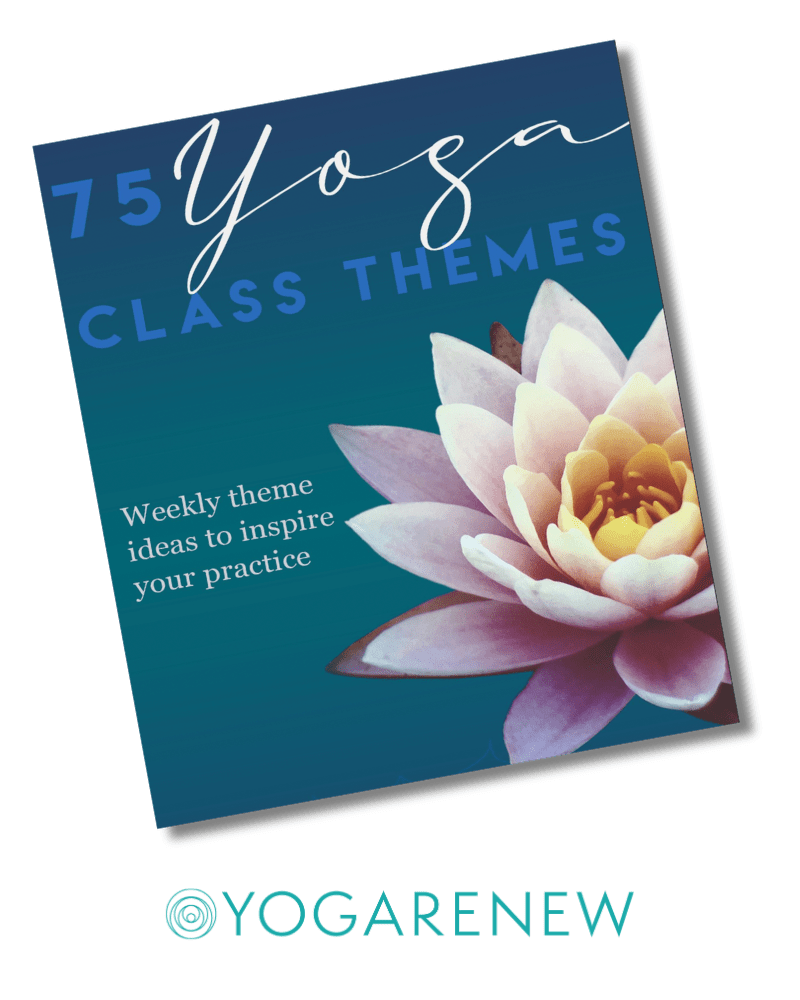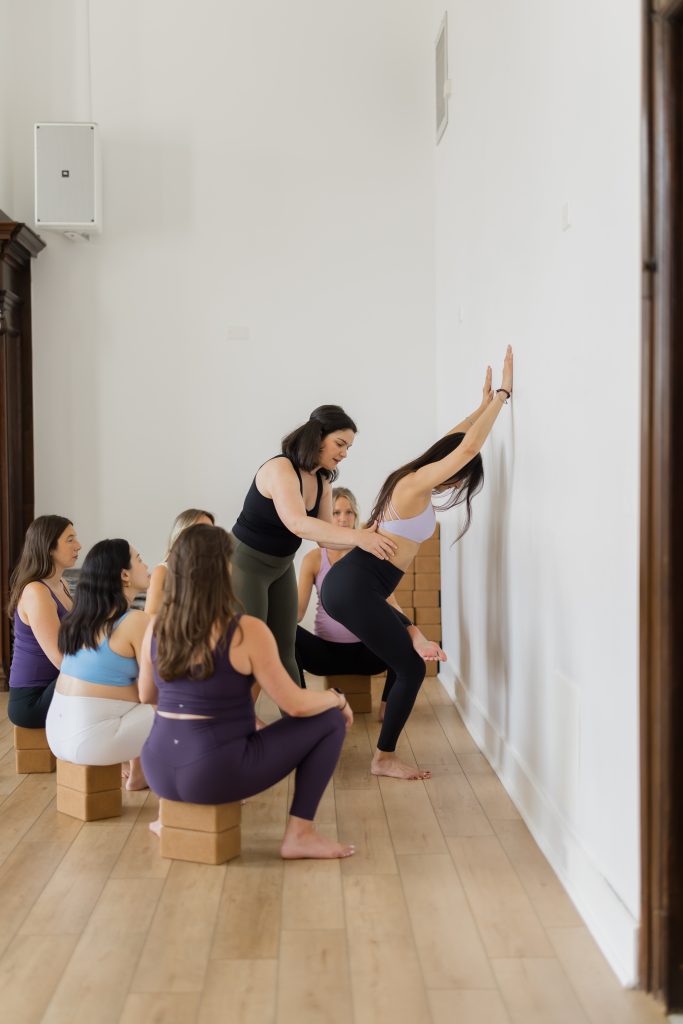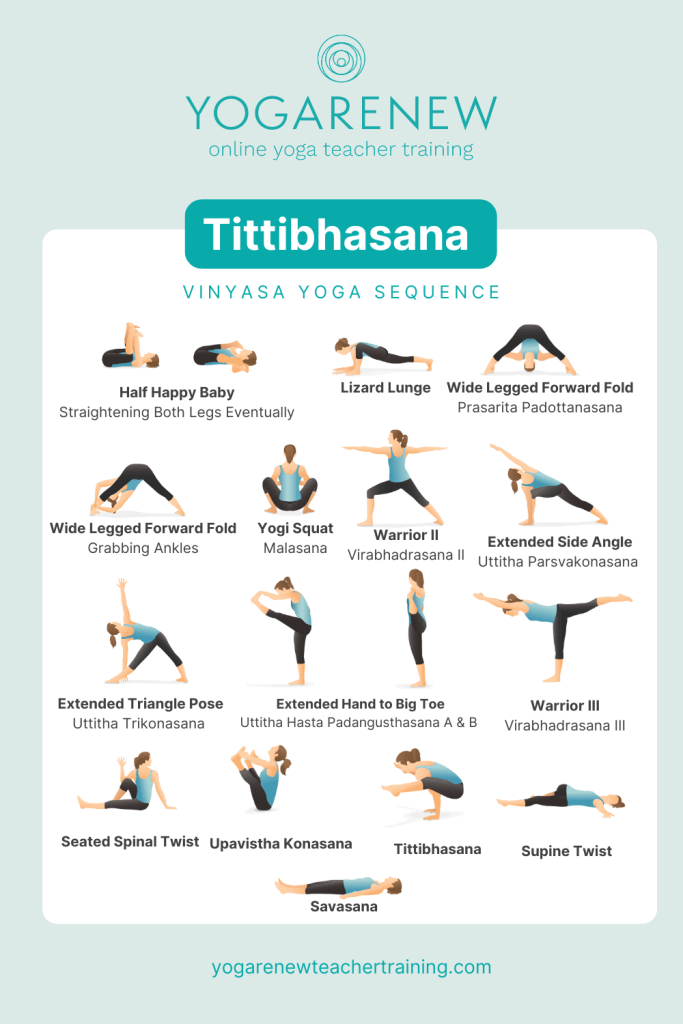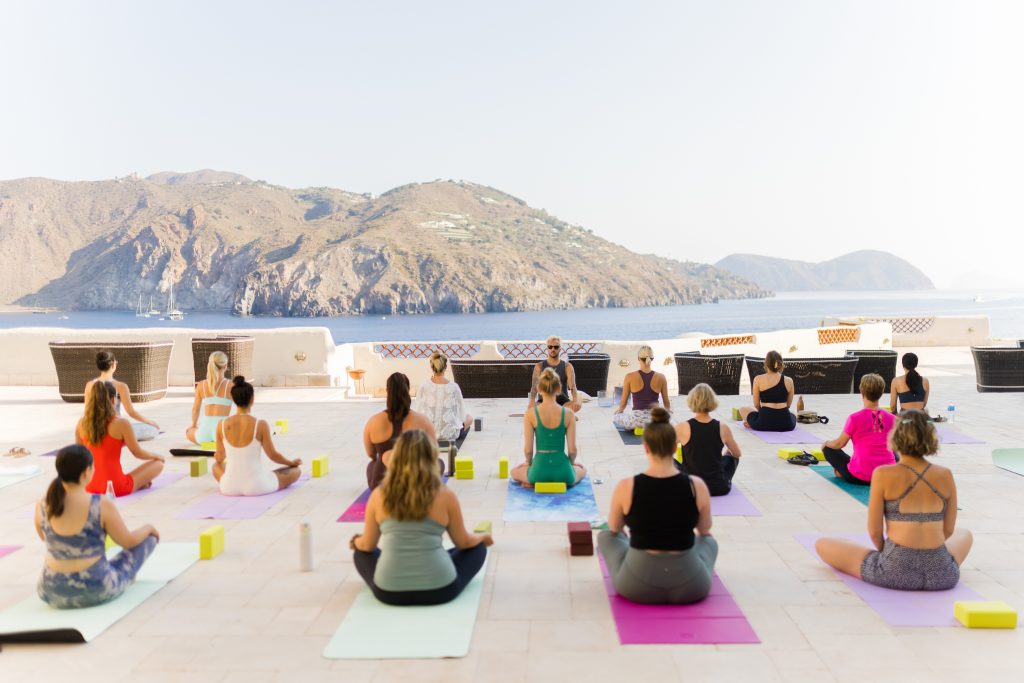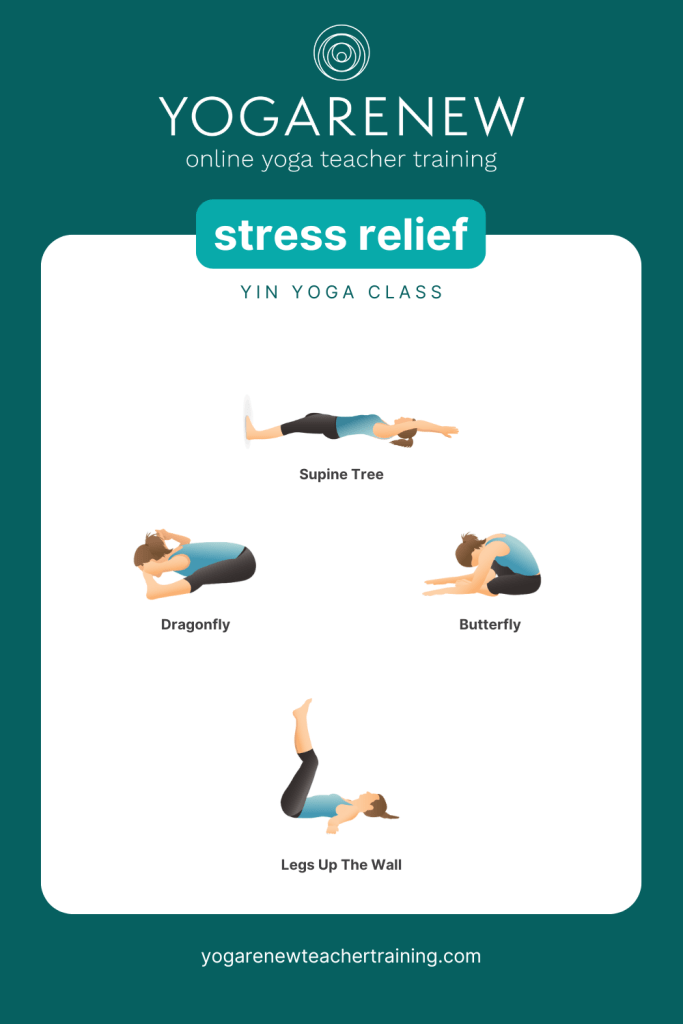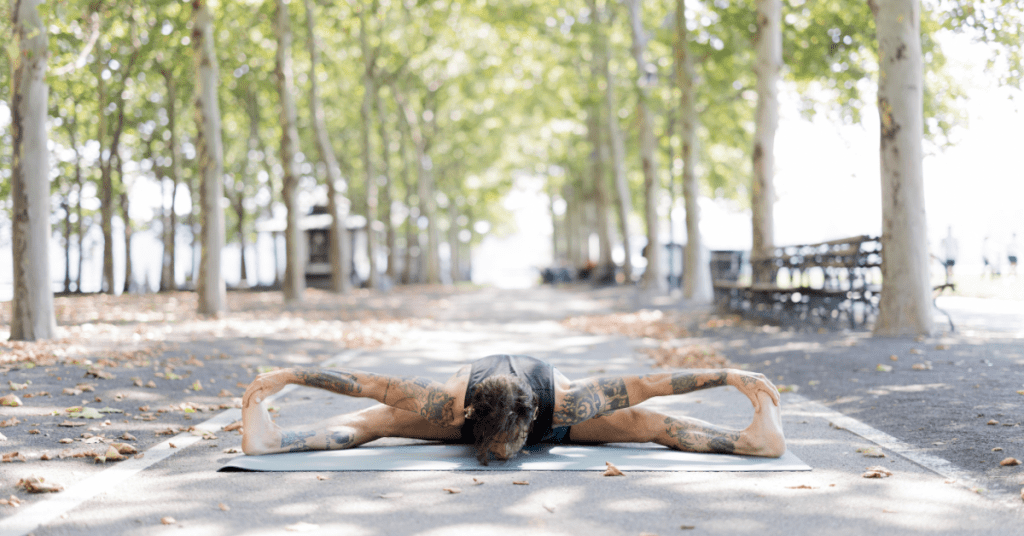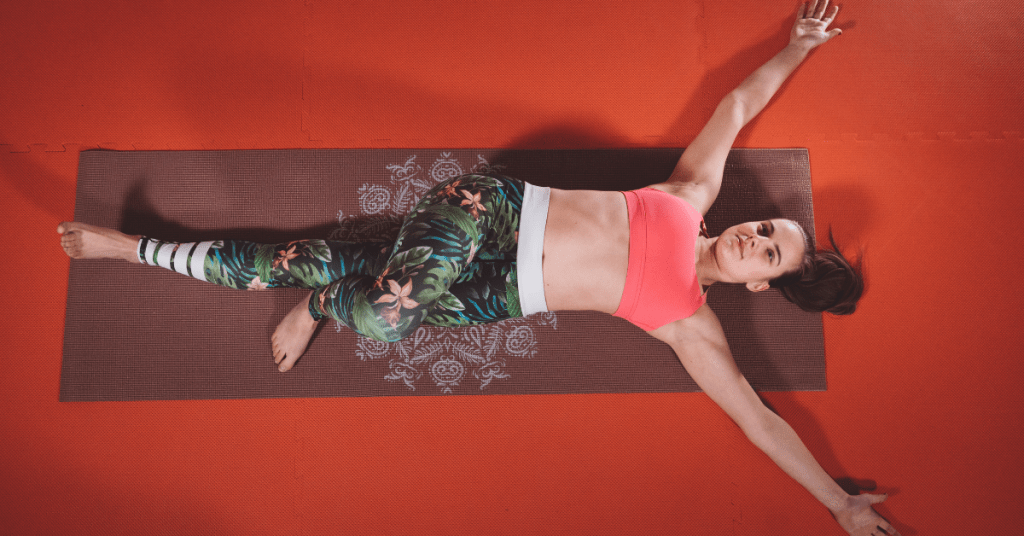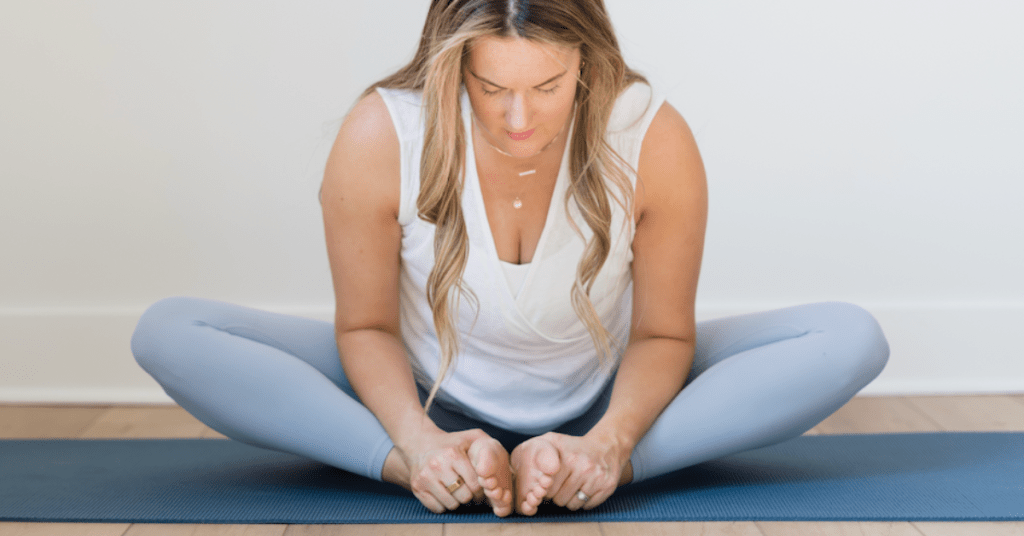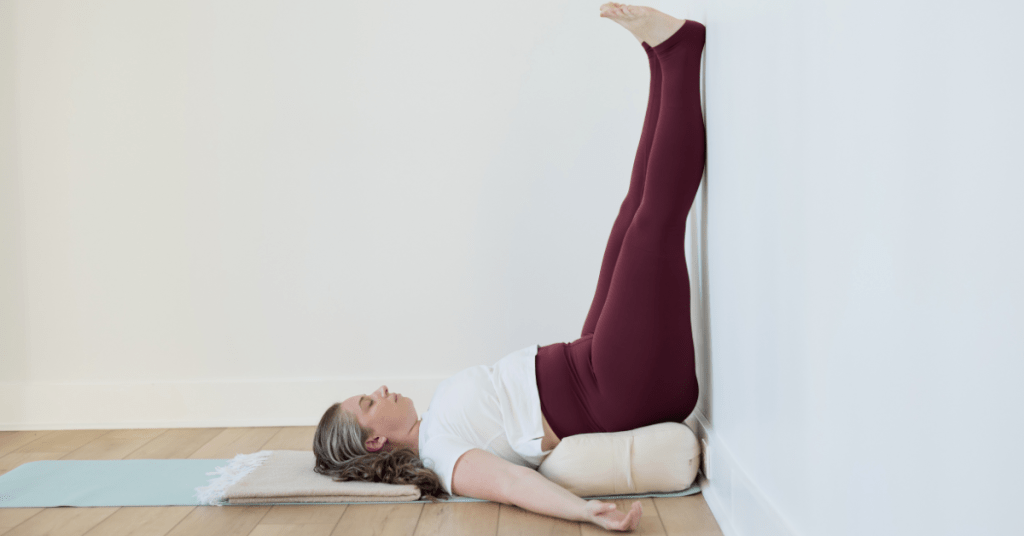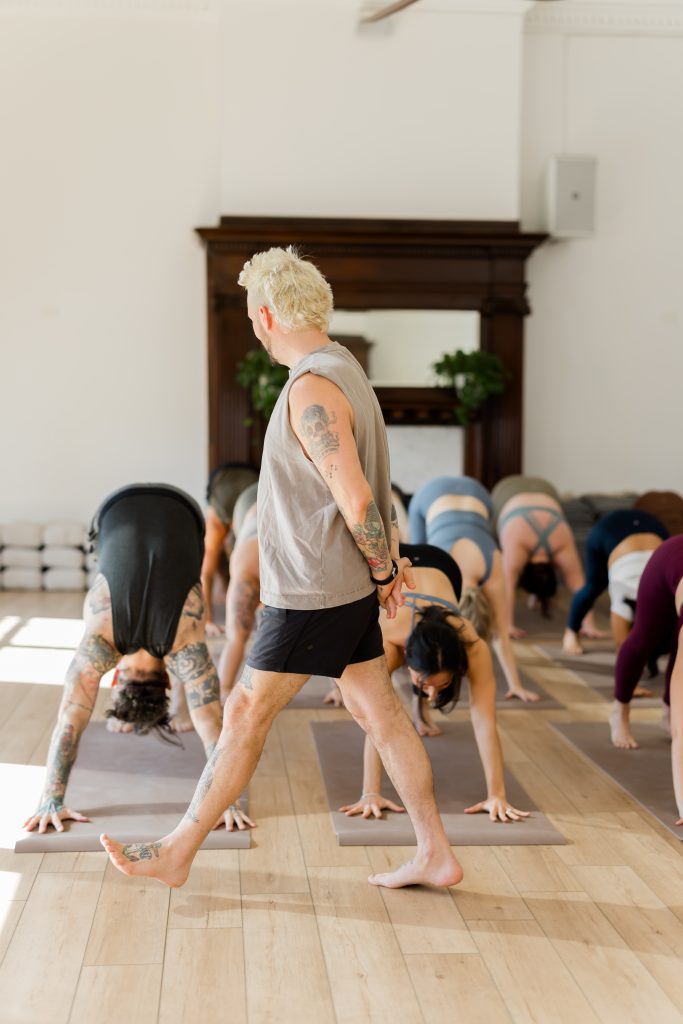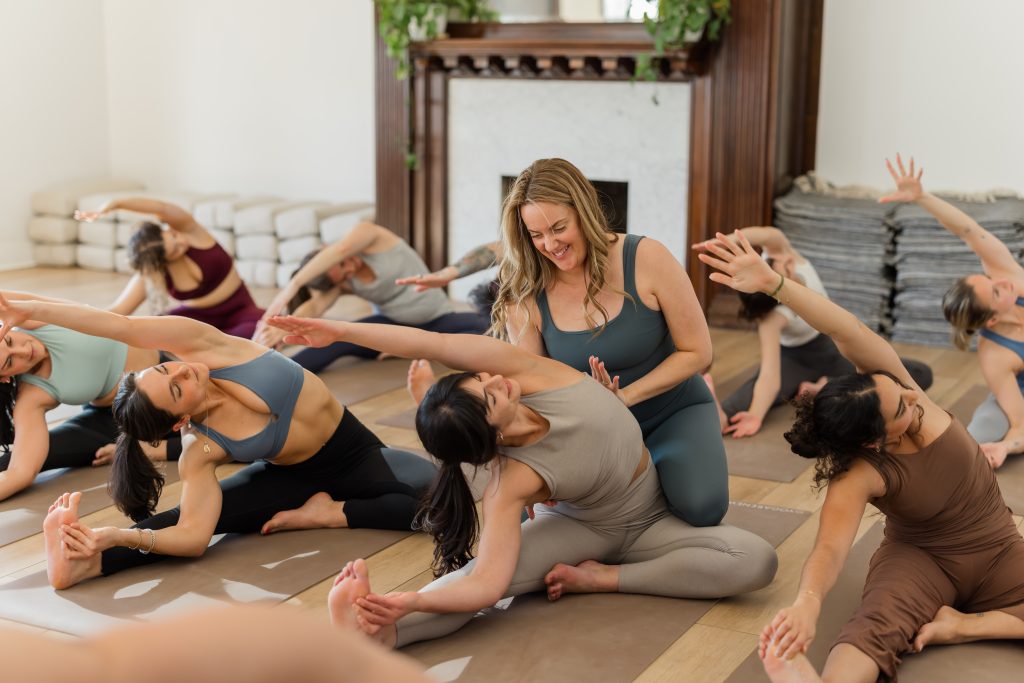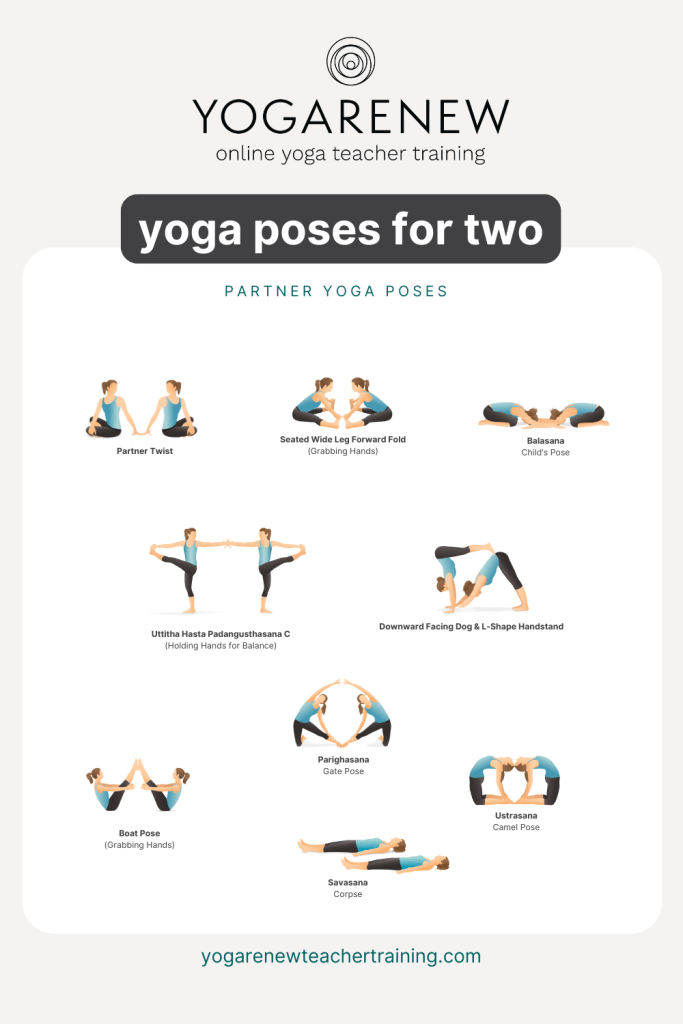
“Yoga poses for two,” is something we often hear at our headquarters in Hoboken, NJ and see in the online landscape of the yoga practice. Oftentimes, people are looking to share their practice with a friend, photograph partner poses that look cool, or want to get their partner (who maybe doesn’t practice regularly) involved in yoga. Whatever the reason, we’ve crafted this quick and easy PDF of nine yoga poses for two that are simple and great for any skill level!
Let’s explore!
Yoga Poses for Two: How to get into the Poses
Seated Partner Twist
- Start seated in Sukhasana (Easy Seat)
- Place your left palm on your right knee and twist
- Tent your right fingertips beside you
- Your partner mirrors you
Seated Wide Leg Forward Fold
- Start seated with your legs wide
- Have your partner face you
- The soles of your feet can touch as you reach out in front of you and grab each other’s palms
- Take turns leaning forward and back (towards each other) to deepen the stretch
- *If one of you is less flexible than the other, match the person who can’t spread their legs as wide. The tension from grabbing onto each other’s arms may stretch you both more as you sit there.
Child’s Pose
- Start in table top position facing your partner
- Let your big toes touch and come to sit back on your heels
- Extend your arms out in front of you so one of you can place your palms on top of the other’s
- Stay here for as many cycles of breath as you’d like
Extended Hand to Foot Pose (Uttitha Hasta Padangusthasana C)
- Start standing in line with your partner, with enough distance between you for both of you to extend your arms
- Turn your body about 45º away from them and grab the outer edge of the leg that’s facing outward
- Extend your leg across your body (they will mirror you) until it is mostly straight
- Reach the free arm out to hopefully grab onto your partner’s extended arm
Downward Facing Dog & L-Shape Handstand
- One of you get into downward facing dog
- The other places their hands slightly in front of the hands of the downward facing dog person
- Slowly start walking your legs up until your feet can rest on the lower back of the person in downward facing dog
- The person in L-shape can walk their hands in as far as they need to, getting them as close to that “L-shape” as possible
Parighasana (Gate Pose)
- Both of you start on your shins (with enough distance in between you to extend your legs in between you)
- Both of you step the same leg in towards center (if your feet touch, that’s okay)
- Reach the same arm of the shin you’re on up alongside your ear and lean up and in towards center
- You can slide the same hand of the extended leg down that extended leg in towards center
Boat Pose (Grabbing Hands)
- Sit on the center of your sit bones facing your partner
- Lift your shins parallel to the floor
- Extend your legs as straight as you can
- Extend your arms out by your side and try to grab their hands
Camel Pose
- Start seated with your backs facing each other and about a 2-foot gap in between the soles of your feet
- Come to sit up on your shins
- Extend your arms alongside you, keeping your chest lifted and bend back from your upper back
- Let your hands find the heels of your feet
- Drop your head back towards your partner’s head
- *Option to extend one of each of your arms up into the sky, making whatever shape you’d like for that photo opp 😉
Savasana (Because No Class is Complete without Savasana)
- Life down on your back
- *Option to hold hands :’)
When to Practice Yoga Poses for Two
The whole point of practicing yoga poses for two is to explore the yoga asana practice in a new and fun way. By partnering with another yogi, or even someone new to yoga, you are sharing the gift of this ancient practice. When practicing partner yoga poses, you may be filled with a new invigoration and creativity for the practice, whether you are solely a practitioner or teaching your own yoga classes.
YogaRenew’s online yoga teacher training programs are completely online and self-paced! If you’ve been thinking about getting your yoga certification, take a look at the variety of online courses we offer. If you wish to practice with us in person, visit our headquarters at YogaRenew Hoboken.


